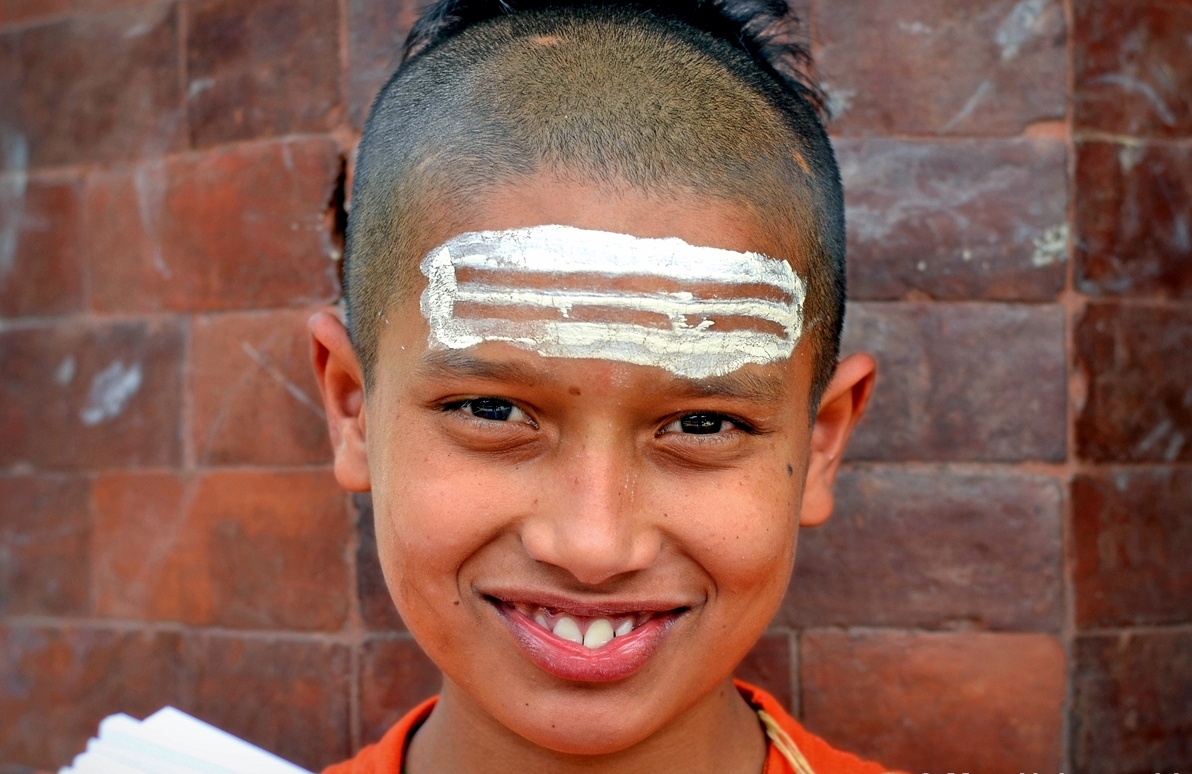Vibhuti
Why apply Vibhuti?
Indian tradition & culture are rich with different customs significant to the evolution of beings. Most of the
customs and principles makes us live close with the nature by understanding the purpose of human birth.
Applying Vibhuthi or sacred ashes on body, especially on the forehead is one of the important custom in
Hinduism. Vibhuti is also called as “bhasma”. Applying Vibhuti indicates us that the human body will turn
down to ashes at some point of time. There two major followers or sects in Hinduism – Shaivaites &
Vaishnavites. Applying Bhasmam or Vibhuti is more followed by Shaivaites. Meaning of bhasmam itself is
“that by which our sins are destroyed and lord is remembered”. When Vibhuti is applied as three horizontal
lines on forehead, it is called as “tripundra”. Some spiritual masters say that they indicate Rajas, Satva and
Tamas – three gunas or qualities within us.
It is also believed that the sins are destroyed if holy ash – vibhuti is applied on the forehead as well as in
the several other parts of the body. It is also a reverence to Lord Shiva. There are several ways in which
the vibhuti or bhasma is prepared. Yogis use the sacred ash from the cremation ground. Ashes from
cremation ground is believed to have more power compared with other ashes. Some burn herbs, cow dung,
etc. to prepare ashes. There are other options such as using the ashes in the sacrificial fire (homa kund).
This too is obtained by burning medicinal plants, milk, ghee, honey, etc. Sacrificial fire is reverence to God,
especially those who worship Lord Shiva. The base material used to prepare the holy ash is always the
cow-dung. Cow dung has the medicinal properties according to Ayurvedic texts. Another way to prepare it
is to use rice husk.
Spiritual significance: One of the important aspects in applying the sacred ash is that it is considered as the best channel in energy transmission. The divine energy in the body can also be contained within, with the help of applying sacred ash. Here, the energy is the spiritual energy that is possessed through several practices according to Hindu culture & tradition. Vibhuti is generally applied on forehead, neck, chest, arms, stomach, elbow, and wrists. There are people who apply it on knees too.
Applying of sacred ash reminds us about the temporal nature of human life. As said earlier, it is a reminder to us that the world is mundane and the life of any being is short. It also reminds us about the mortality of the life.
Why apply Vibhuti or Sacred Ash?
1. One of the important aspects is sthat the devotee who applies bhasma is simple in life and activities. It symbolizes the devotion to lord Shiva who is believed to stay in cremation ground.
2. Applying sacred ash on the body makes you more receptive to the senses. This is extremely helpful for the discipline in life. The vibhuti or sacred ash is applied primarily on the forehead and at the body joints.
3. Spiritual energy gained through several practices can be contained within the body if the vibhuti is applied properly as advised by ancient seers.
4. Three parallel horizontal lines on the forehead is remembrance of Lord Shiva. Devotees of Lord Shiva apply the holy ash as reverence and surrender to him. Some believe that these are three letters - AUM
5. Scientifically, Vibhuti is the best medicinal substance to absorb water content in the body. It helps to reduce sinusitis and normal cold.
6. Applying vibhuti will elevate your mind and attitude towards a higher nature. Body is protected from external evil forces and spirits.
7. Applying Vibhuti will create an aura around you, helping to feel the divinity within. Usually the vibhuti is applied in the early morning hours and in the evening time.
8. It also reminds the devotee to cast away the selfish desires and not to get trapped in the mundane world of “maya” or illusion.
9. It is a reminder to the devotee that world is a combination and Shiva and Shakti. Shakti means Devi. Some people wear tilak also on the top of holy ash.


